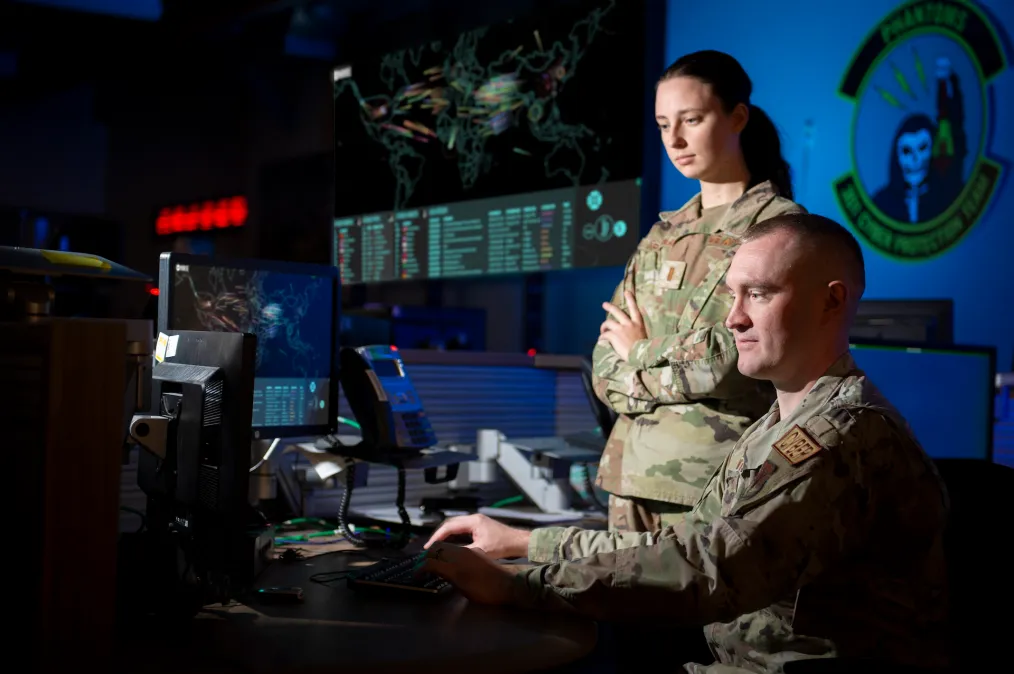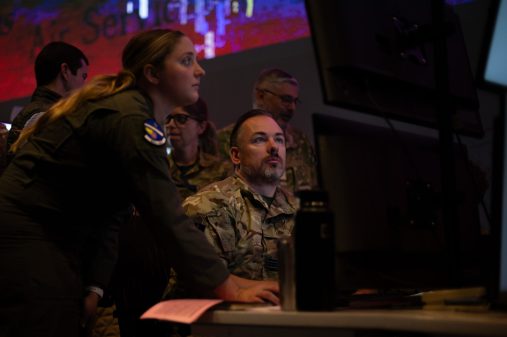Air Force establishes warfighter communications office

The Air Force officially established its new warfighter communications directorate Thursday, splitting off from intelligence functions.
Like the Navy, the Air Force years ago chose to integrate its intelligence function — known as the 2 — and its communications and network function, known as the 6, into the A2/6, led by a three-star general. It also added cyber to that portfolio, resulting in an official title of deputy chief of staff for intelligence, surveillance, reconnaissance and cyber effects operations.
This week the Air Force broke the 6 function away from the 2 on the Air Staff, creating the AF/A6 deputy chief of staff for warfighter communications and cyber systems, in what the service calls one of the most significant reorganizations in over 30 years.
The office will be led by Maj. Gen. Michelle Edmondson, who most recently was senior advisor to the undersecretary of the Air Force.
“Our mission is to ensure warfighters have the reliable, secure communications they need to succeed in a complex and contested environment,” she said. “We’re building an enterprise that connects people, systems and decisions at the speed required by today’s operational demands.”
The new AF/A6 will serve as the functional authority and management for warfighter communications and cyber operations.
The move had been telegraphed for about a year, with officials explaining it was designed to elevate the role of operational communications and cyber needs within the force, providing a dedicated general officer, typically a three-star, to advise senior leaders.
The office will help the Air Force operate in and through cyberspace and compete against the growing threats presented by China and others, officials have stated in the past, given core missions are vitally dependent on secure and resilient communications, and require a deputy chief of staff singularly focused on that.
In future fights, U.S. communications networks are expected to be attacked and stressed by adversaries.
“We created the A6 to ensure communications and cyber systems are available, secure and aligned with warfighter priorities,” Gen. David Allvin, chief of staff of the Air Force, said. “This office will help us focus resources and oversight where it matters most — supporting the mission in contested environments.”






